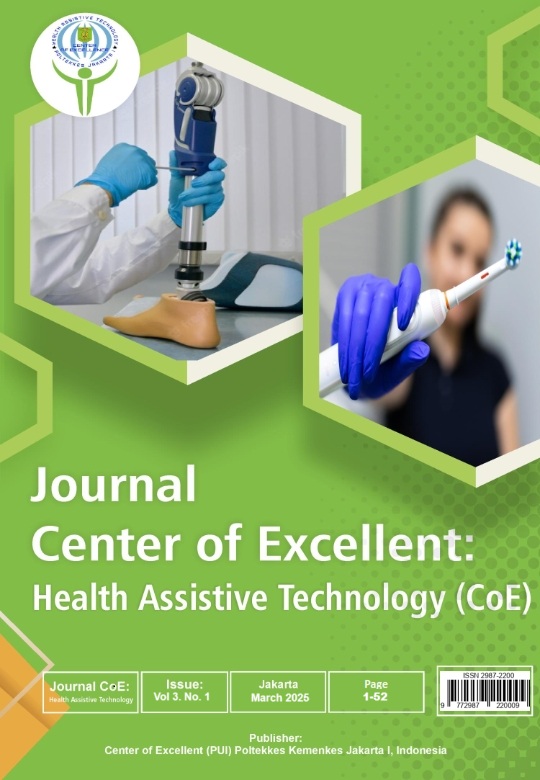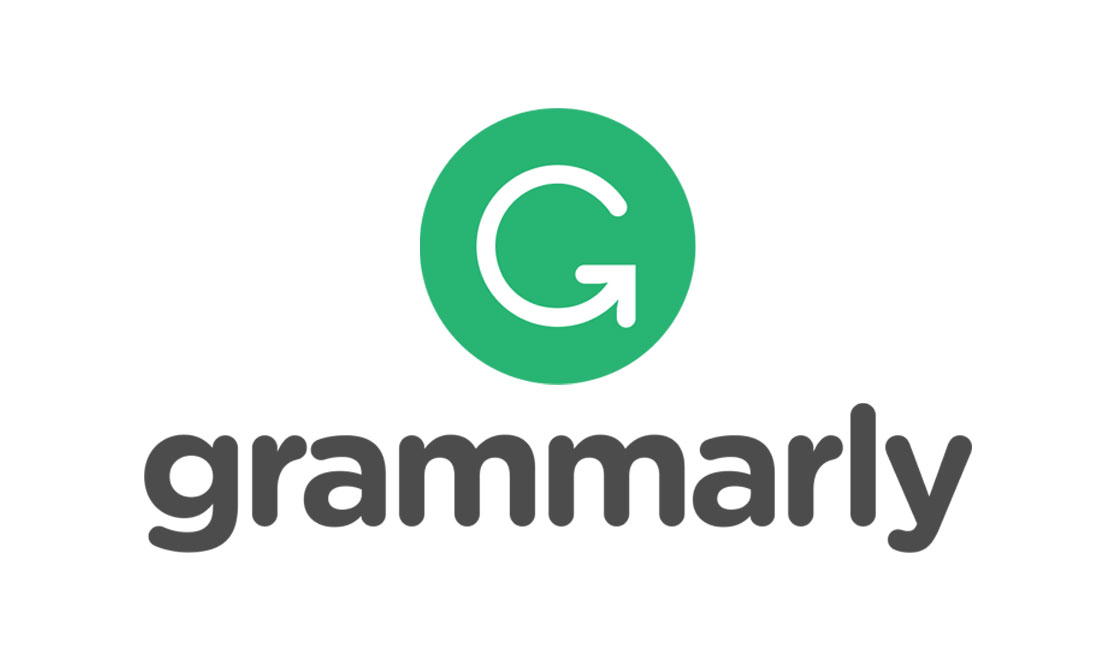Knowledge of dental and oral health before and after counseling using quartet cards for elementary school students
Keywords:
Knowledge, dental and oral health counseling, quartet cardsAbstract
Background: Playing while learning is one of the hobbies among elementary students to increase students’ knowledge and motivation of learning, one of them with quartet card game. The material in this game is formed in cards presented in the form of pictures and equipped with descriptions of the pictures. Objective: The aim of this study was to describe the knowledge of dental and oral health before and after counseling using quartet card for fourth grade students at SDN Pancoran Mas 01 Depok. Methods: This research method is a quasi-experimental study with a total sampling technique of 57 students of class IV. The data collection instrument used was pre and post test questionnaire sheets from previous research which had been modified with a total of 10 questions and quartet card counseling media. Results: The results of this study showed that the average value of knowledge before counseling was 65% in the sufficient category, and after counseling was 93% in the good category. And the frequency distribution in the good category is 49.1% to 94.7%, in the sufficient category is 29.8% to 2.3% and in the less category is 21.1% to 0%. Conclusion: The results showed that there was an average increase in students' dental and oral health knowledge after counseling by 28% which proved that the quartet card counseling was able to increase students' knowledgeDownloads
Download data is not yet available.
Published
2025-03-30
How to Cite
Salsabilah, M., & Tauchid, S. N. (2025). Knowledge of dental and oral health before and after counseling using quartet cards for elementary school students. Journal Center of Excellent : Health Assistive Technology, 3(1), 42–44. https://doi.org/10.36082/jchat.v3i1.2222
Issue
Section
Articles
Copyright & Licensing
Copyright (c) 2025 Marisa Salsabilah, Siti Nurbayani Tauchid

This work is licensed under a Creative Commons Attribution-ShareAlike 4.0 International License.









